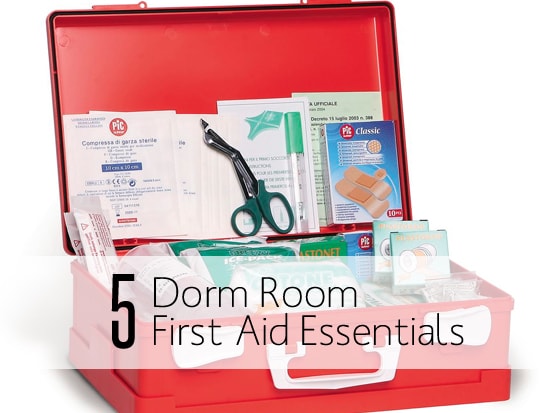
Earlier this week, I wound up in the emergency room with blood pouring out of my finger, courtesy of an evil knife and a malicious tomato. In that split second between actually slicing it open and feeling the pain, I thought to myself, “Why didn’t I pack a first-aid kit when I came to school?” I ended up having to recruit a housemate, who bravely attempted to put a Band-Aid on me before suggesting that I go seek medical attention.
Bear with me in this article if I start to sound like your worried mother – the truth is, I got so concerned about which clothes, shoes, and (especially) room furnishings to take to school, I completely forgot about what should always come first: my health.
Below, I’ll list five essentials for your dorm first aid kit. Although some of these supplies come standard in a ready-made kit, others may be a little more surprising. Get one for your dorm or apartment (and your car!) and hopefully you won’t end up like me, sprinting pell-mell through the rain to my car with one measly adhesive bandage holding my finger together.
Table of Contents
1. Band-Aids
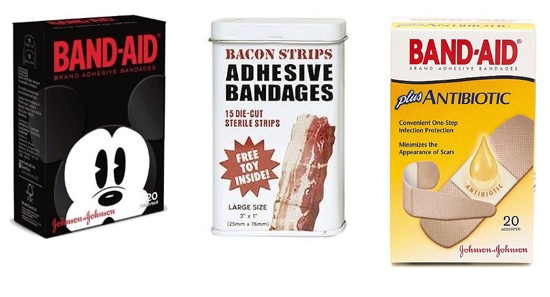
Should be a no-brainer, right? You’d be surprised at how many people (read: me) forget these little babies. For situations where the injury could get wet easily, I’d recommend cloth-based adhesive bandages. There are also great ones that have antibiotic ointment built in. And of course, if you want even your first-aid to be trendy, Band-Aid has a collector’s series that comes in a classy black tin. For smaller cuts and scrapes, you could even opt for a conversation-starting variety like these bacon-shaped bandages.
2. Thermometer
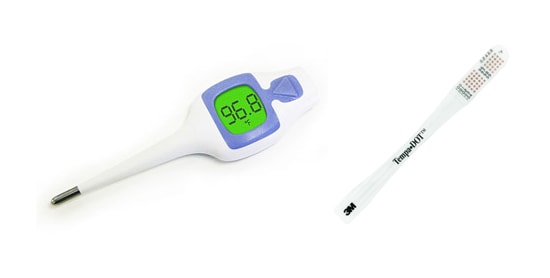
If your school health center is anything like mine, you may have to wait hours (or even a day or two) before you can get an appointment to get your temperature taken. Keep a handy thermometer in your first-aid kit to solve that problem! Worried about hygiene? There are disposable one-time use thermometers, and you could possibly even get them for free from the student health clinic. However, you should know that the American Red Cross recommends digital thermometers as the most accurate readings.
3. Instant Ice Pack
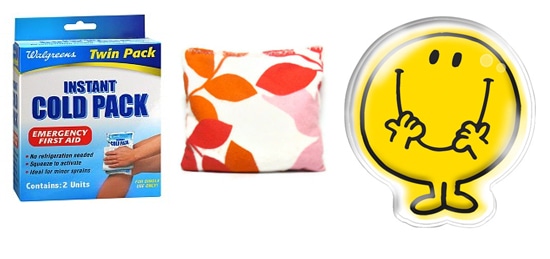
Minor falls and even sprains are pretty common, and sometimes, having a cold pack readily available to soothe swelling or reduce pain can be the most wonderful thing in the world. The downside is that you’ll have to replace the instant one as soon as you use it – so try keeping one frozen in your freezer, too.
4. ACE Bandage
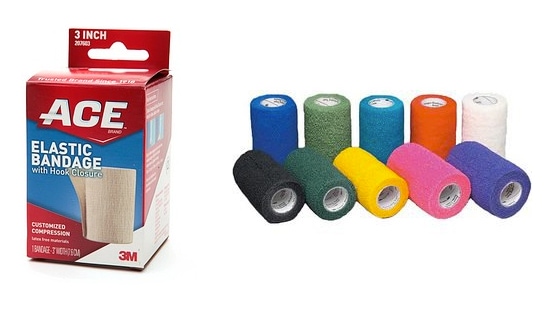
Tripped going up the stairs (it happens) or on your run? You might need to strap up a joint before you can see a doctor, and an ACE bandage, or something similar, is indispensable to keep whatever body part you injured stable and unmoving.
5. Tweezers
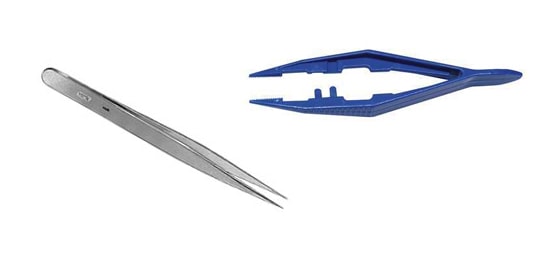
Whether you need to remove a splinter, bee stinger, or – heaven forbid – a tick, tweezers are vital. Always make sure to sterilize the tip with alcohol wipes before you use them each time, especially if it’s metal-tipped.
What do you think?
Obviously, this list is notcomprehensive, but it’s a good jumping off point of items that every college student should keep in their dorm or apartment. What sorts of things do you keep in your first-aid kit? Do you have any tips for people seeking to make their own kit, or do you prefer to buy the store-made sets? Let us know with a comment!

As a medical student: NO NO NO to band-aids with antibiotics! (Ok, I’m from Scandinavia, with a totally different bacterial flora, but still.)
It a pure marketing trick, it does NOTHING for the healing process, the only thing it does is to make sure that an infection that you probably wouldn’t have in the first place gets MUCH worse, because the bacteria infecting it will be resistant to those antibiotics. And having used antibiotics on the wound, the cultivation process for figuring out which bacteria it actually is will be so much harder.
And I’m guessing it is expensive as h***. So no. Let the wound bleed a little, wash in desinfectant or just normal, salt water, wrap it up in a normal bandaid, and voila. Leave the more advanced wound care to the health care practitioner.
Btw, I’m totally for basic first aid supplies in the home 😉
I agree with kathryn!
I also habe ointment for pain, especially around exam time, since my wrist tends to start hurting from the same movements over and over while writing and using the pc every day.
Scissors! Everytime i need them for cutting a bandage they are gone or just somewhere buried under my stuff, so I put a small one inside the kit to make sure it’s there if it’s an emergency.
Brilliant idea for an article – if my mum hadn’t packed me off to uni with a first aid box she’d put together, I don’t think I would have thought about it. It really came in handy though. A couple of extras that I would say:
-lint, bandages, and plaster strip tape to patch up any sort of cut that normal plasters cannot deal with. My house-mate slice her palm on a smashed mug and while the cut wasn’t deep enough to need any extra attention, lint and bandages were the only practical thing to cover it up and stop the bleeding. Plaster strip can also be used to anchor other plasters on to tricky places such as around finger joints or fending off blisters.
-ointments such as a disinfectant cream and an antihistamine one (for bug bites and allergy rashes) may come in handy.
-possibly some sort of basic painkiller tablets just in case your other supply has run out whilst it happens to be that time of the month or you have a killer headache coming on.
Also, check out who can deal with blood out of the people who live around you! You don’t want to go running down the corridor waving a bloody hand at someone who is then going to feel queasy or pass out.
K.